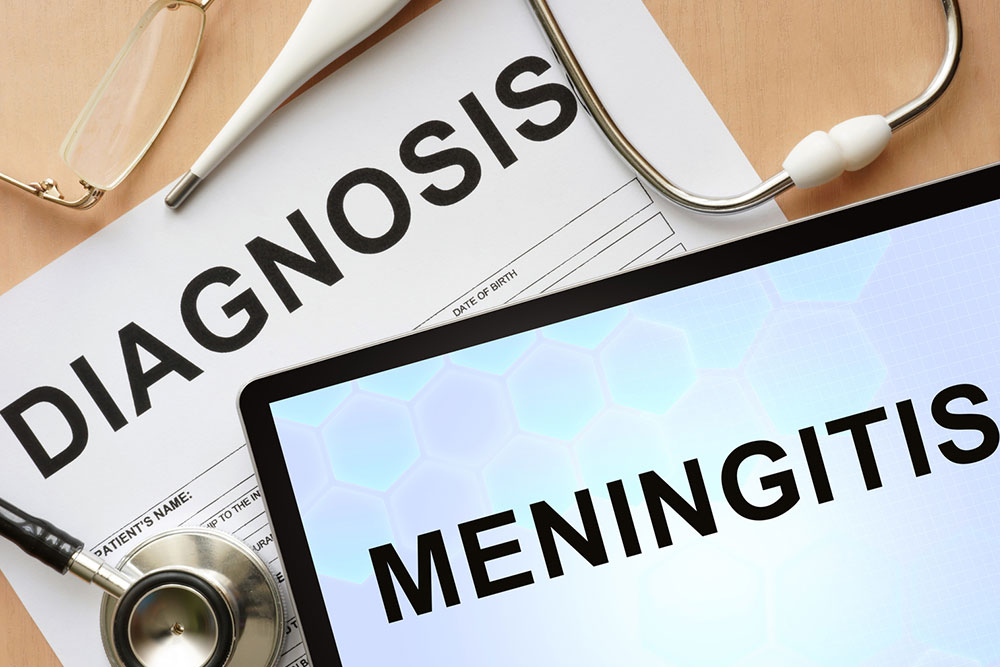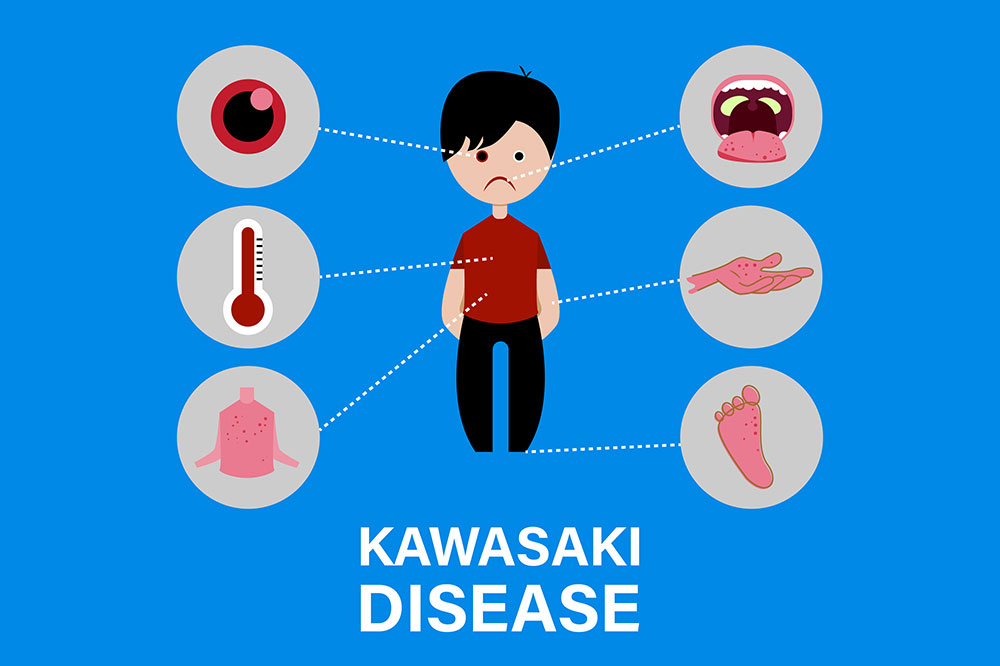Understanding Meningitis: Key Indicators and Symptoms Across All Age Groups
Meningitis is a critical neurological condition with varied symptoms across age groups. Early diagnosis is essential to prevent severe neurological damage or death. This comprehensive guide outlines the key indicators and signs of meningitis in infants, children, and adults, emphasizing the importance of prompt medical intervention. Recognizing symptoms like fever, neck stiffness, rash, and behavioral changes can save lives. Understanding these manifestations helps caregivers and healthcare professionals to act swiftly, ensuring better prognosis and reducing the risk of complications. Stay vigilant for accurate and timely diagnosis.

Recognizing Meningitis: Critical Signs and Symptoms in Children and Adults
Meningitis is a serious medical condition characterized by the inflammation of the protective membranes surrounding the brain and spinal cord, known as the meninges. This inflammation can be caused by various pathogens, primarily bacteria and viruses, and can lead to severe neurological consequences if not diagnosed and treated promptly. Bacterial meningitis, in particular, poses a significant threat due to its rapid progression and potential for causing permanent brain damage, neurological deficits, or death. Therefore, awareness of the early warning signs, symptoms, and differences across age groups is essential for caregivers and healthcare providers to ensure timely intervention and improve survival rates.
Common Indicators of Meningitis
In general, meningitis presents with symptoms such as fever, fatigue, and changes in mental status. However, these symptoms can be quite subtle, especially in vulnerable populations like infants and young children where communication limitations make diagnosis more challenging. If the infection worsens and spreads from the meninges into the brain tissue itself, it leads to encephalitis, which can complicate the clinical picture. Epidemiological data indicate that meningitis is most prevalent among newborns and children under the age of two, particularly within their first few months—highlighting the importance of vigilance in early childhood years.Identifying Meningitis in Infants
Detecting meningitis symptoms in infants younger than three months can be particularly difficult because these babies cannot articulate their discomfort. Caregivers need to stay observant of subtle yet critical signs that often accompany bacterial meningitis. These include:
Reduced or refusing to feed, indicating discomfort or weakness
Persistent vomiting, often associated with increased intracranial pressure
Unusual skin rashes, which may be petechial or purpuric and suggest bacterial sepsis
Continuous irritability or inconsolable crying
Marked lethargy or excessive sleepiness
High fever with prolonged duration
Seizures or convulsions
Hypothermia (abnormally low body temperature) or jaundice
Signs of shock, such as pallor or cold extremities
Timely recognition of these signs can significantly influence the prognosis, emphasizing the need for immediate medical consultation if any of these symptoms appear.
Symptoms in Children Over One Year
As children grow, their clinical symptoms become more recognizable and resemble the classic signs of meningitis. Common features include:
Nausea and frequent vomiting
Persistent headache that may intensify over time
Sensitivity to light (photophobia) and skin swelling, especially after sun exposure
High fever with chills
Neck stiffness and rigidity, often accompanied by positive Brudzinski's sign, where flexing the neck causes the knees to bend involuntarily
Kernig sign, characterized by difficulty in straightening the legs when the hips are flexed at 90 degrees
Skin rashes or petechial spots that do not blanch
These symptoms should prompt urgent medical investigation to confirm diagnosis and initiate treatment. Early recognition and management are crucial for avoiding severe complications like neurological deficits or death.
Meningitis in Adults
Adults typically experience a more acute onset of symptoms, which can develop rapidly over 24 hours to several days. The hallmark signs include:
Severe, sudden headache often described as worst ever experienced
Neck stiffness and rigidity, making head movements painful
High fever accompanied by chills and sweating
Repeated episodes of vomiting
Photophobia or sensitivity to bright light
Altered mental status such as confusion, disorientation, or drowsiness
Seizures in some cases, especially if CNS involvement is severe
General fatigue, muscle weakness, or lethargy
Less common, but still important, are symptoms like localized weakness, joint pains, or the appearance of petechial rashes, indicating possible septicemia. Recognizing these features early and seeking immediate healthcare can drastically improve outcomes and reduce mortality.
Overall, awareness of the diverse symptoms and their manifestations across different age groups is vital for early diagnosis and treatment of meningitis. Parents, caregivers, and adults should be vigilant for sudden changes in health status and seek urgent medical attention if meningitis is suspected. Vaccination against common bacterial strains, prompt treatment, and supportive care are the cornerstones in managing this life-threatening disease.





